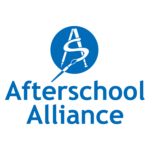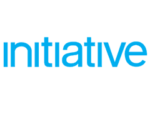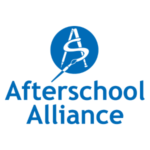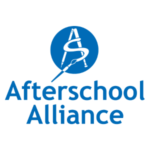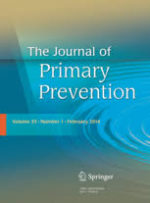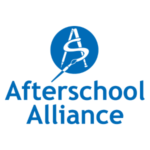General Research
Reach Out and Read leverages the pediatric well-child visit and a significant partnership with a clinician network to foster early literacy and healthy relationships among parents, infants, and young children. Reach Out and read annually serves 4.4 million children and families throughout the United States of America.
This resource offers insight into the partnership as well as literary, literacy, and research resources to better advocate for early childhood well-being.
This brief, examines the current teacher shortage facing our schools, the impact this shortage is having on our rapidly changing educational system, and ways afterschool programs can help meet the need for recruiting and retaining new teachers. It is one in a series of Issue Briefs sponsored by the MetLife Foundation that addresses the benefits afterschool programs provide to children, families and communities.
This report summarizes a national meeting that was organized to discuss ways in which out-of-school time can be used to better prepare youth for an increasingly global economy.
(2004) In order to learn how many children are in afterschool programs and how many are unsupervised after school, in the summer of 2003 the Afterschool Alliance conducted a household survey, with funding from the JCPenney Afterschool Fund. The America After 3 PM survey gives the most comprehensive and accurate picture yet of what this nation’s youth are doing each day after school. It differs from other household surveys in that it includes data on K-12 youth, rather than just K-8 youth. This survey also collected more detailed information about parent satisfaction with afterschool programs, and it offers the best data yet about demand for afterschool, including the likelihood that non-participating children would join afterschool programs, if programs were available.
Tony Proscio and Basil J. Whiting (October 2004)
In the last decade, initiatives to create, expand, and improve afterschool services for young people have become more typical in large cities across the United States. However, the field is still nascent and tremendous challenges remain. Co-authors Proscio and Whiting provide in-depth studies of four cities—Chicago, Los Angeles, New York, and San Diego—who have, over time, developed highly effective afterschool support organizations. While each city’s story is set in a unique political and social landscape, there are common elements in their profiles that the Project believes are fundamental to their successes to-date.
This guide is designed to provide policy makers, program leaders, system building advocates and other with practical information on creating and maintaining public-private partnerships
A 2005 report on how states are addressing the federal failure to fully fund afterschool programs.
A Summary of Findings Highlighting the Need and Demand for More Afterschool Programs for Children and Older Youth. (Updated April 2008)
By Eric Schaps and Daniel Solomon
Published in The Journal of Primary Prevention, Vol. 23, No. 3, Spring 2003.
Correlation and intervention studies of school environmental factors associated with student drug use and prevention are summarized. Major factors that emerge in the correlational studies are school supportiveness, sense of community, and opportunities for students to interact and to exert influence. Similar factors are involved in the intervention studies, with the development of a sense of community and attachment to school central, although the means by which these are approached differ across projects. A common conclusion seems to be that a supportive environment increases students’ attachment to school and thereby their inclination to abide by the school’s norms and values.
Afterschool Alliance Poll finds three in four voters want federal, state and local lawmakers to increase funding for after school programs. Check out these resources for an in-depth look at our newest data from our Election Eve/Election Day 2008 poll and an overview of messages that may work best in this economic climate. (Released November 2008)
Each year, the Federal Interagency Forum on Child and Family Statistics has published a report on the well-being of children and families. The Forum alternates publishing a detailed report, America’s Children: Key National Indicators of Well-Being, with a summary version that highlights selected indicators.
We call on all federal, state, and local officials to implement this four-part plan to cut crime and violence. Doing so will help America’s children learn the values and skills they’ll need to become good neighbors and responsible adults. Across all ages there are effective programs. Some start before birth, others are proven to work with older kids, even serious juvenile offenders. While no plan can prevent every violent act, this common-sense approach, based on our experience and the latest research about what really works, can make all of us safer.



